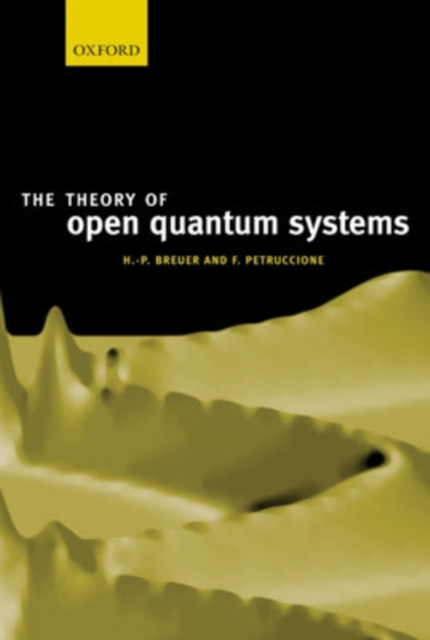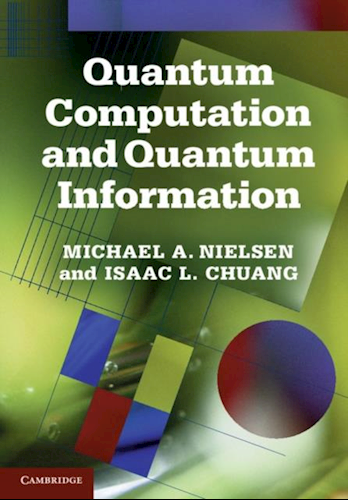Spin systems such as radical pairs usually have a rather limited lifetime due to various processes like electron transfers or chemical reactions. Once such processes occur, the spin system ensemble is diminished as the individual systems that make up the ensemble are transformed to different chemical species. Since only an open spin system is described by the density operator, \(\require{newcommand} \newcommand{\vc}[1]{\mathbf{#1}} \newcommand{\desc}[1]{\begin{quote}\emph{#1}\end{quote}} \newcommand{\p}{\partial} \newcommand{\bra}[1]{\langle #1 |\,} \newcommand{\ket}[1]{\,| #1 \rangle} \newcommand{\braket}[2]{\langle #1 | #2 \rangle} \newcommand{\matel}[3]{\langle #1 | #2 | #3 \rangle} \newcommand{\mexp}[1]{\langle #1 \rangle} \newcommand{\kb}[2]{| #1 \rangle\langle #2 |} \DeclareMathOperator{\Tr}{Tr} \rho\), rather than the total closed quantum system containing the reaction products as well, the trace of the density operator may be less than 1.
There is a variety of ways that chemical transformations of spin systems may be introduced, and the most important approaches are described in this section.
Exponential decay model
The simplest type of reaction operator is the spin-independent decay, where all spin systems are transformed at the same rate independent of the specific spin state. In general such a model may be obtained simply by multiplying the density operator by a decay function, \(f\):
\begin{equation} \tilde{\rho}(t) = \rho(t)f(t), \end{equation}where \(\rho(t)\) is a solution to the Liouville-von Neumann equation and \(\tilde{\rho}(t)\) describes the spin system in the presence of a decay process. If the decay is a first order process it may be described as:
\begin{equation} \frac{df}{dt} = -k f, \qquad f(t) = f(0)e^{-kt}, \end{equation}where \(f(0) = 1\) to get \(\Tr(\tilde{\rho}(0)) = 1\) and \(k\) is the rate constant for the decay process.
The phenomenological Haberkorn model
Some processes depend on the state of a spin system such that the process may, for example, only occur from a specific spin state. The prime example is a radical pair produced in the electronic singlet state; a backreaction that regenerates the radical pair precursor molecule(s) may then only happen from the electronic singlet state. Such spin-dependent reactions may be described by adding a Haberkorn reaction term to the Liouville-von Neumann equation:
\begin{equation} \frac{d\rho}{dt} = - \frac{i}{\hbar}[\vc{H},\rho] + \frac{k}{2}\{\vc{P},\rho\} \, . \label{eq_basicspindyn_HaberkornForm} \end{equation}Here \(k\) is the rate constant for the decay process, \(\vc{P}\) is a projection operator onto the subspace of the spin system that participates in the process, and the curly braces { and } denote the anti-commutator. For a backreaction in a radical pair that may only happen from the singlet state, \(\vc{P}\) would then be the singlet projection operator. Additional similar reaction terms may then be added in order to describe additional processes.
Note that the special case of a spin-independent reaction, i.e. \(\vc{P} = \vc{1}\), reduces to: \begin{equation} \frac{d\rho}{dt} = - \frac{i}{\hbar}[\vc{H},\rho] + k\vc{1}, \end{equation}which is identical to the exponential decay model.
In a recent study the Haberkorn reaction operators were derived using second-order perturbation theory, and it was shown that a significant spin-spin coupling term is needed together with the reaction operator in Eq. (\ref{eq_basicspindyn_HaberkornForm}). Additionally, they showed that a fourth order description also contains a dephasing term.
The Lindblad master equation
Two aspects of the Haberkorn model may be undesirable; it is a phenomenological model and it does not preserve the trace of the density operator. Both of these concerns may be addressed by use of the Lindblad master equation which has a rigorous theoretical foundation:
\begin{equation} \frac{d\rho}{dt} = - \frac{i}{\hbar}[\vc{H},\rho] + \sum_{n=1}^{N^2-1} \gamma_n \left(\vc{A}_n \rho \vc{A}_n^\dagger - \frac{1}{2}\{\vc{A}_n^\dagger\vc{A}_n,\rho\} \right) \, . \end{equation}Here \(N\) is the dimension of the Hilbert space and the set \(\{\vc{A}_1,\ldots,\vc{A}_{N^2-1},\vc{1}\}\) is an orthonormal set of operators. The parameters \(\gamma_n\) are the equivalent of rate constants and has units of inverse time. The Lindblad master equation is commonly used to describe an open quantum system, i.e. a system in contact with its environment, and the Lindblad reaction term describes the decoherence caused by the environment; such decoherence or relaxation effects are described in the next chapter. The decoherence described by the Lindblad master equation is assumed to originate from Markov processes and may, therefore, only be used to describe relaxation induced by processes that are fast compared to the time scale for the unitary spin evolution caused by the spin Hamiltonian.

